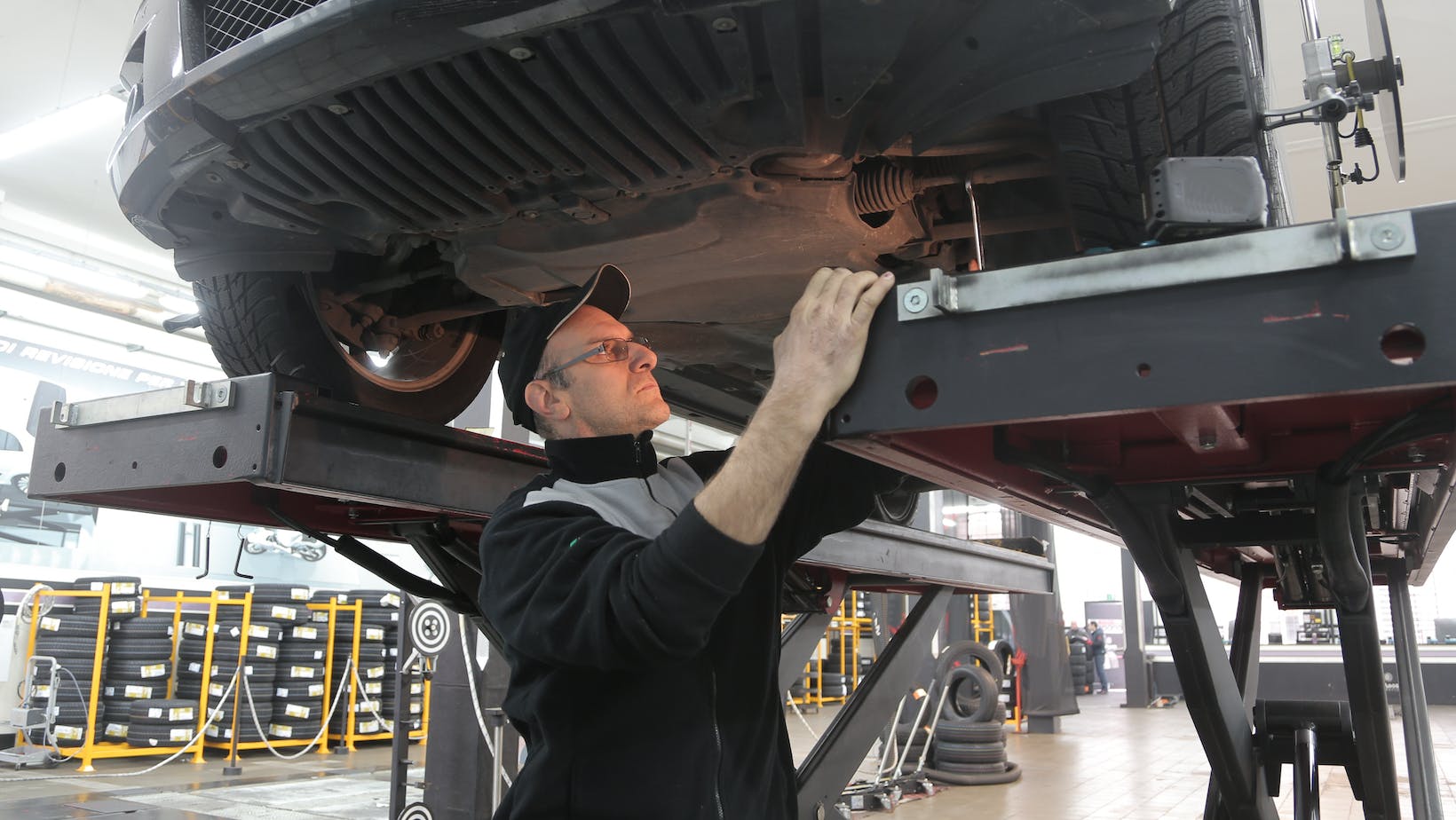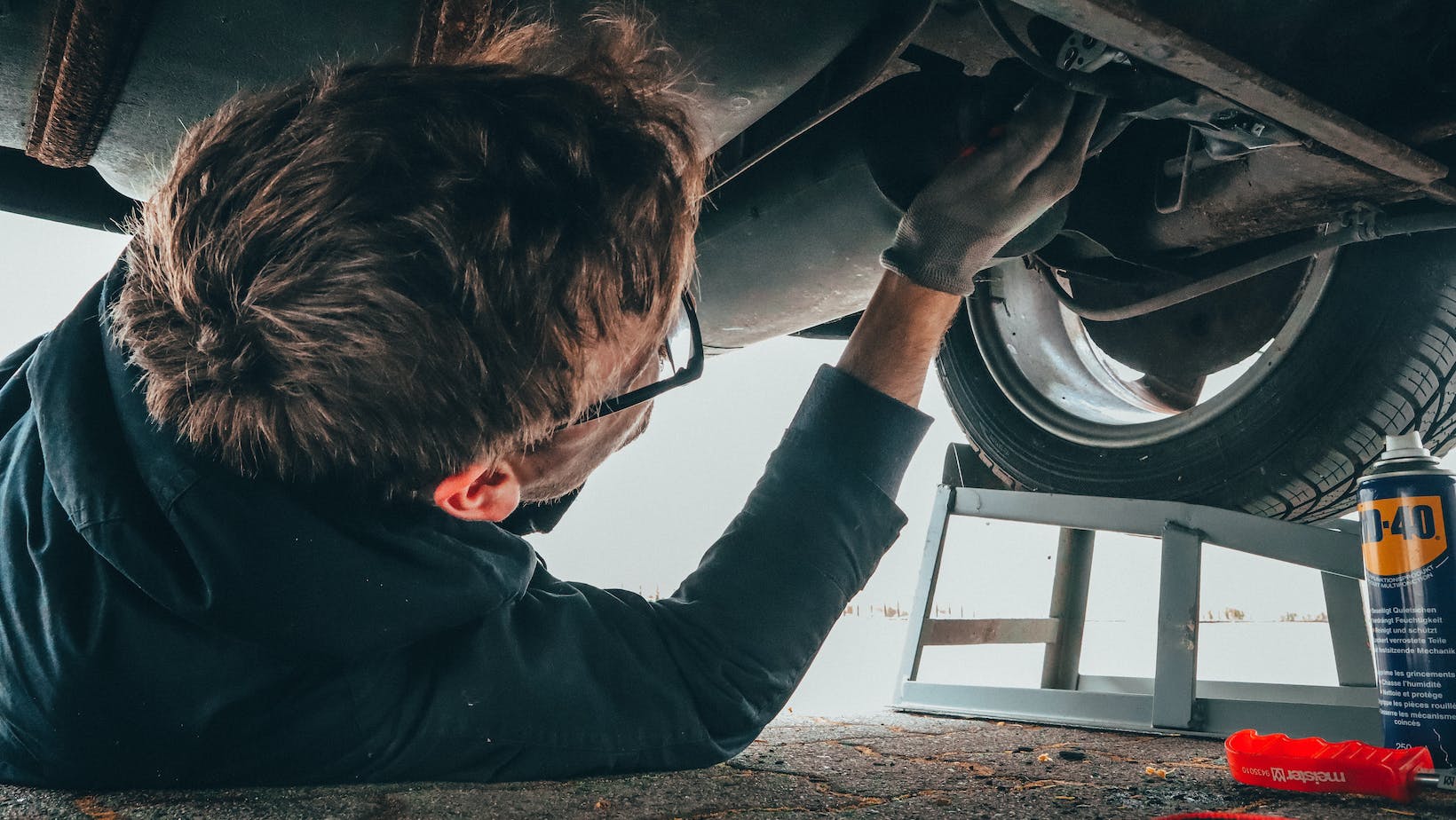When you’re cruising down the road, the last thing you want to worry about is a cracked bumper. But let’s face it, accidents happen. Whether it’s a minor fender bender or an unfortunate encounter with a shopping cart, car bumper cracks are a common issue that many drivers face.
Car Bumper Crack Repair
Typically, there are three types of bumper cracks we usually encounter:
- Hairline Cracks – These are most common and the easiest to repair. They’re only visible upon close inspection and often occur due to normal wear and tear.
- Partial Cracks – Slightly more severe, these are noticeable from a distance. Partial cracks do not entirely penetrate the bumper and are often a result of minor collisions.
- Complete Fractures – The most severe type, where the bumper is broken through completely. This type of breakage usually happens in significant impacts and requires the most attention for car bumper crack repair.
Being familiar with these types will help you assess the severity of the damage, and allow you to choose the correct repair method.
Causes of Bumper Cracks
Now that you’re familiar with the types of cracks, let’s delve into what causes them:
- Collisions – Naturally, the chief cause would be minor or major accidents, colliding with another object, vehicle, or just a parking mishap.
- Environmental Factors – Weather conditions like extreme heat or cold, can cause the bumper material to expand or contract, leading to cracks.
- Age Of The Vehicle – Over time bumpers can degrade and become brittle causing them to crack easily.
Understanding the causes can help you in preventing future damages and in efficiently managing the repair process.

Assessing the Damage
When it comes to car bumper crack repair, it’s crucial to accurately assess the damage. Understanding the extent of the crack will determine the best repair method and tools needed. Let’s delve into how you can carry out a comprehensive damage assessment.
Visual Inspection
Firstly, perform a visual inspection of the car bumper. It’s important to note that damage might not only be limited to where the crack is seen. Other parts of the bumper could have weakened from the impact, leading to undetected cracks. Here, your eyes are the primary assessment tool.
Look over the bumper thoroughly using sufficient light. Pay attention to different angles that might reveal a hidden crack. Make sure to note the length, width, and depth of the crack along with its location on the bumper.
Taking Measurements
Accurate measurements are crucial to effective car bumper crack repair. Use calipers to measure the width and depth of the crack. For the length, it’s best to use a tape measure.
While measuring, keep in mind that the dimensions you record will guide the type and amount of filler material you’ll need for the repair job. Also remember to account for the age and condition of the bumper. Older bumpers might have become brittle and prone to further damage.
Consulting a Professional
If you’re unsure of the severity of the crack, or if the damage seems extensive, it’s always wise to consult with a professional. Trained mechanics have the knowledge and experience to assess a crack properly and can recommend the best repair method.
Pictures of the damage can be very helpful for remote consultations. Make sure you take clear, well-lit pictures of the crack from various angles. Include a measuring tape or other object for scale. With these images, professionals can often provide guidance on whether the bumper can be repaired or needs replacement.
Conclusion
I’ve walked you through the steps of car bumper crack repair, underscoring the need for precise damage assessment before diving into the repair. By visually inspecting your bumper, accurately measuring the crack, and seeking professional advice when necessary, you’re setting yourself up for a successful repair job. Remember, these measurements are vital in determining the right type and quantity of filler material required. And don’t forget to snap clear photos of the damage for those remote consultations with experts. It’s my hope that this guide helps you effectively mend your bumper cracks and stave off further damage. Remember, it’s not just about making your car look good again, it’s about ensuring it remains safe and functional.








































